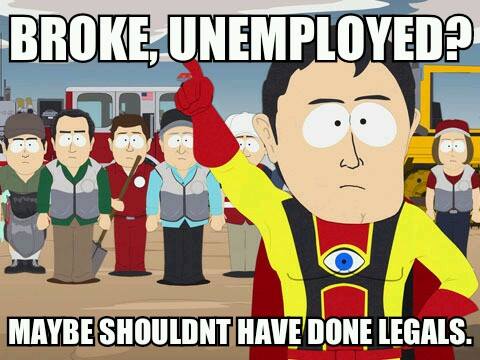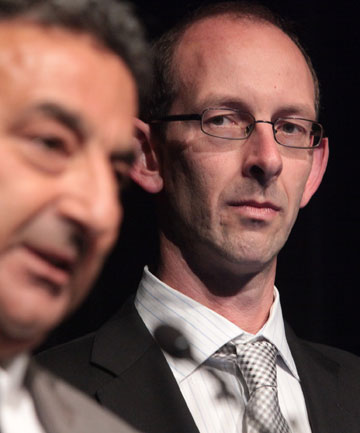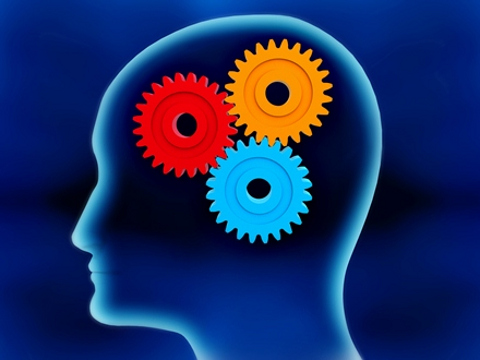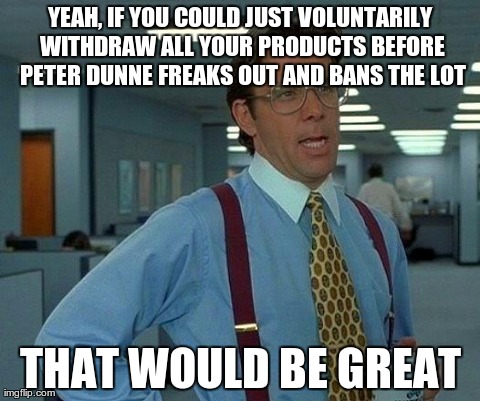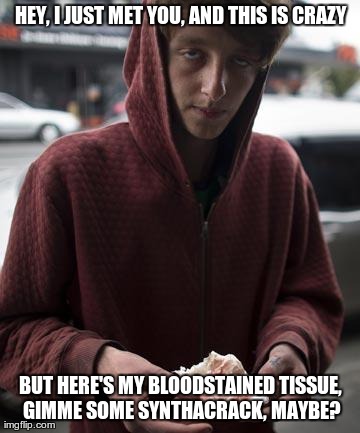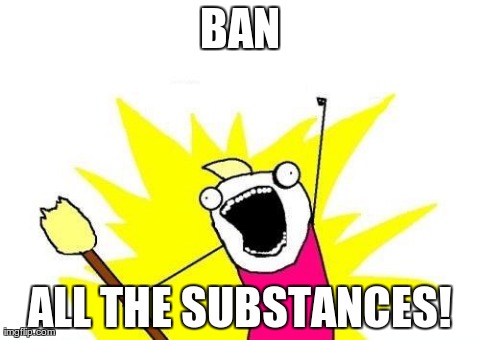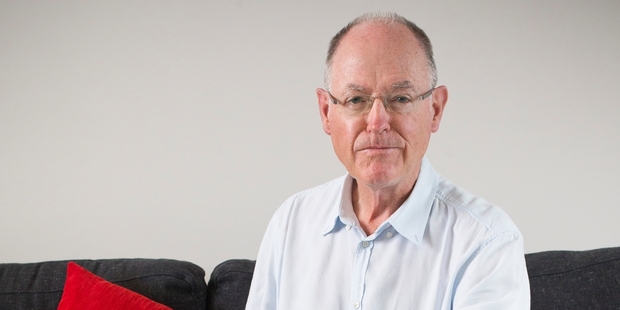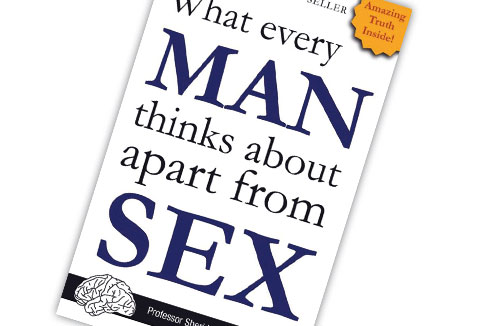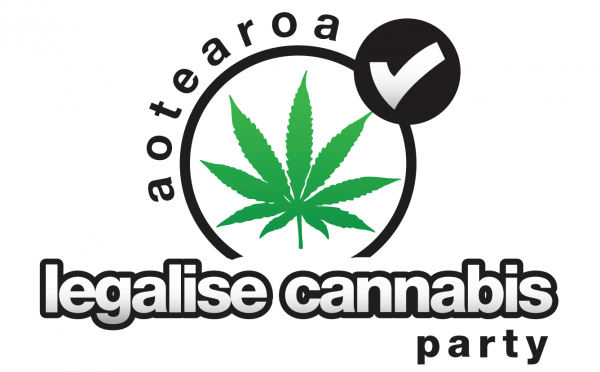Eternal Vigilance has published two previous reports on marijuana. The first, in December 2013, described marijuana-caused impairment to the brain and the reproductive system. The second, in March 2014, emphasised the harm pot does to the lungs, the heart and the immune system. This third report examines the drug’s dramatically impairing effects on cells and how this can damage man’s most precious possessions: the mind, the personality, the spirit.
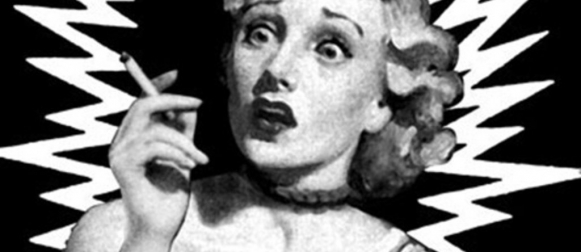
In 1978, Dr. Marietta Issidorides of Athens, Greece, one of Europe’s most respected biologists, conducted electron-microscope studies on the white blood cells of 40 long-term hashish smokers. “We learnt,” she reported, ”that long-term use of cannabis (the plant from which marijuana and hashish come) deformed a significantly high proportion of the cells. Impaired white blood cells are unable to function properly and protect the individual from infections.”
Two years earlier, Dr. Akira Morishima of New York looked at the white blood cells of 25 apparently healthy young males who had smoked marijuana at least twice a week for four years. He found that one-third of their cells contained only 5 to 30 of the normal human complement of 46 chromosomes. These are the particles in every cell’s nucleus that pass on genetic instructions. “In my twenty years of research on human cells,” he says, “I have never found any drug that came close to the chromosome damage done by marijuana.”
A survey completed earlier this year showed a relationship between marijuana use and cancer. Dr. Josel Szepsenwol of the department of biological sciences at Florida International University injected 216 mice with very small amounts of THC or cannabinol (2 of the 61 cannabinoids, chemicals found only in the cannibis plant) dissolved in sesame-seed oil, once a week. Over 50 per cent developed cancer. Only 4 per cent of the control mice (injected with oil only) developed cancer, a normal percentage for this strain of mice.
These research findings are just a few examples of marijuana damage to basic life processes. Since 1975, some 300 studies of cannabis’s harmful effects on animal and human cells have appeared in scientific journals. These effects include: faulty division, slowed growth and abnormal-size nuclei in cells, disturbed production of protein, and also damage to sperm cells and ova, nerve and connective-tissue cells.
Pioneer marijuana researcher Dr. Gabriel Nahas sums up the central role of marijuana’s effects on human cells: “The many findings of cell damage caused by cannabis explain all the other damaging effects of the drug—on the lungs, sex organs, brain, immune system. I call the cell damage done by regular pot smoking over the years a slow erosion of life.”
Psychological signs of pot impairment are often not slow to appear and, generally, the younger the user the more rapid the onset of damage.
Marijuana use is now so endemic in every stratum of American society that there is no longer such an identifiable entity as a pot-prone personality. Only one characteristic remains as a “prone” factor: youth. According to a recent U.S. survey, one out of six youngsters in the 12-to-17 age group was a current (within the past month) pot smoker. In the 18-to-25 age group, one out of three Americans was a current pot smoker.
In New Zealand, police and drug-clinic officials have found that marijuana use is widespread and increasing. Most New Zealand users are in the 17-25 age group and come from all walks of life.
The “pot personality.” After young people become heavy pot smokers, however, widely diverse users tend to gel into startling sameness, with a distinct pot-induced profile. “Not all kids have all the symptoms,” says Dr. Dean Parmelee, the director of adolescent in-patient services at Charles River Hospital in Massachusetts. “In fact, some bright youngsters with outgoing personalities seem to be able to maintain their school marks and activities a few years. But gradually all users – youngsters and adults – compromise their potential, their activities and their lifestyle. And heavy young users eventually develop most, or all, of the ‘pot personality’ symptoms.”
Psychiatrist Dr. Harold Voth has studied the psychopathology of marijuana in depth for the past eight years. He defines the pot personality: “The most obvious impairments caused by chronic marijuana use are in the area of Organic Brain Syndrome (OBS). These include impaired short-term memory, emotional flatness, and the amotivational – or dropout – syndrome. This can progress from dropping out of sports, to dropping out of school, to dropping out of the family.”
Denial. Voth lists other symptoms of pot-induced OBS: “diminished willpower, concentration, attention span, ability to deal with abstract or complex problems, and tolerance for frustration; increased confusion in thinking, impaired judgement, hostility towards authority.”
“Another pernicious symptom,” says Voth, ”is the element of denial – refusal to believe the hard medical evidence that marijuana is physically and psychologically harmful.” He also points out that it takes years of heavy drinking to reach the same point of psychological weakening that marijuana can induce in a matter of months, particular in the case of the very young user.
Unlike the heavy drinker who generally “becomes himself again” when sober, the underlying personality structure of the chronic pot smoker seems to change. “If someone smokes twice a week or more, sobering up – in any total sense – never occurs,” says psychiatrist John Meeks. “Even when not ‘high,’ he or she remains in a state of subacute intoxication – in most cases, without even recognising this ‘holdover’ effect.”
While alcohol is water soluble and washes out of the body in a matter of hours, cannabinoids are fat soluble and accumulate in fatty sections of the cells and in fatty organs (the brain is one-third fat). Only very slowly do the cannabinoids seep back into the bloodstream so they can be metabolised and eliminated. Thus they act as time-release capsules, constantly emitting subtle intoxication.
Studies on Rhesus monkeys carried out by psychiatrist-neurologist Robert Heath give further insights into cellular causes of psychological symptoms. The monkeys were exposed to the smoke of two to three “monkey-size” marijuana cigarettes (one-quarter the size of a human “joint”) five days a week, for six months. In each monkey, several thousand brain cells from 42 different area of the brain were examined under the electron microscope. Though there were structural cell changes in all the brain sites, striking impairment was found in the sites specifically related to the typical pot symptoms of apathy and flatness. Dramatic cell impairment was also found in sites correlated with irritability and fear – prominent symptoms of pot-induced paranoia.
Senility. “I don’t know of any other drug, including alcohol,” says Heath, “that causes such a wide spectrum of brain changes as we saw in those cells. And today, tens of thousands of teenagers are inhaling proportionately far more pot smoke every day than we gave those monkeys.”
In July 1981, psychologist Stephen Williams found a number of “senility symptoms” in a study of 60 teenagers in a drug-treatment programme who were daily pot smokers but used no other drugs. At the beginning of the study, they were given a battery of psychological tests, which were then repeated after six pot-free weeks in the hospital.
Williams reported: “In many very elderly people, we see an unreasonable preoccupation with how one’s body feels, obsessive-compulsive tendencies and inflexibility. All these symptoms were strikingly evident in our study of teenage pot smokers, and decreased markedly once the drug was out of their systems.
“Depression,” says Williams, “is perhaps the most common psychological symptom among old people. It is usually associated with feelings of loss, such as loss of loved ones, of health, etc. The chief cause of depression among our teenage subjects was also loss: a tremendous loss of self-esteem. One good-looking, well-dressed 16-year-old put it this way: ‘I’m like an empty shell. There is nothing left that I like about myself. And pot did it.'”
Another finding is regressive immaturity. Says psychiatrist Mitchell Rosenthal, “Just when our youngsters need most to learn how to cope with the emotional storms and squalls of troubled teen years, they are instead copping out, blowing away their problems with pot.”
Rosenthal predicts: “A sizeable number of our young people will not mature as they should. Instead, we can look forward to a growing population of immature, under-qualified adults, many of whom will be unable to live without economic, social or clinical support.”
In August 1981, Dr. Mark Gould completed a study of 100 teenage and adult “marijuanaholics” – chronic users of pot, who are psychologically, physiologically and socially disabled. “Our study,” says Gold, “shows that in the case of youngsters who abstain completely for an average of six months, there is return of concentration, attention and memory to expected levels.
“This is not true for older marijuanaholics. In respect to short-term memory loss, in some cases, they do not appear to come back all the way. Furthermore, because older users are often long-term users, they have made subtle changes in their lives such as sliding into less-demanding jobs.”
Gold also found that, like alcoholics, marijuanaholics are always at high risk of relapse. “Even if off the drug for a year,” he says, “one or two joints can send them on a pot binge, and they relapse quickly into their former use patterns. And although it may have taken two years to reach their previously disabled state, it may take only two weeks of renewed pot smoking to revert to that same level.”
The inescapable fact is that marijuana will have drastic long-term effects on young users and, with pot-smoking reaching alarming proportions, on the future of society.



